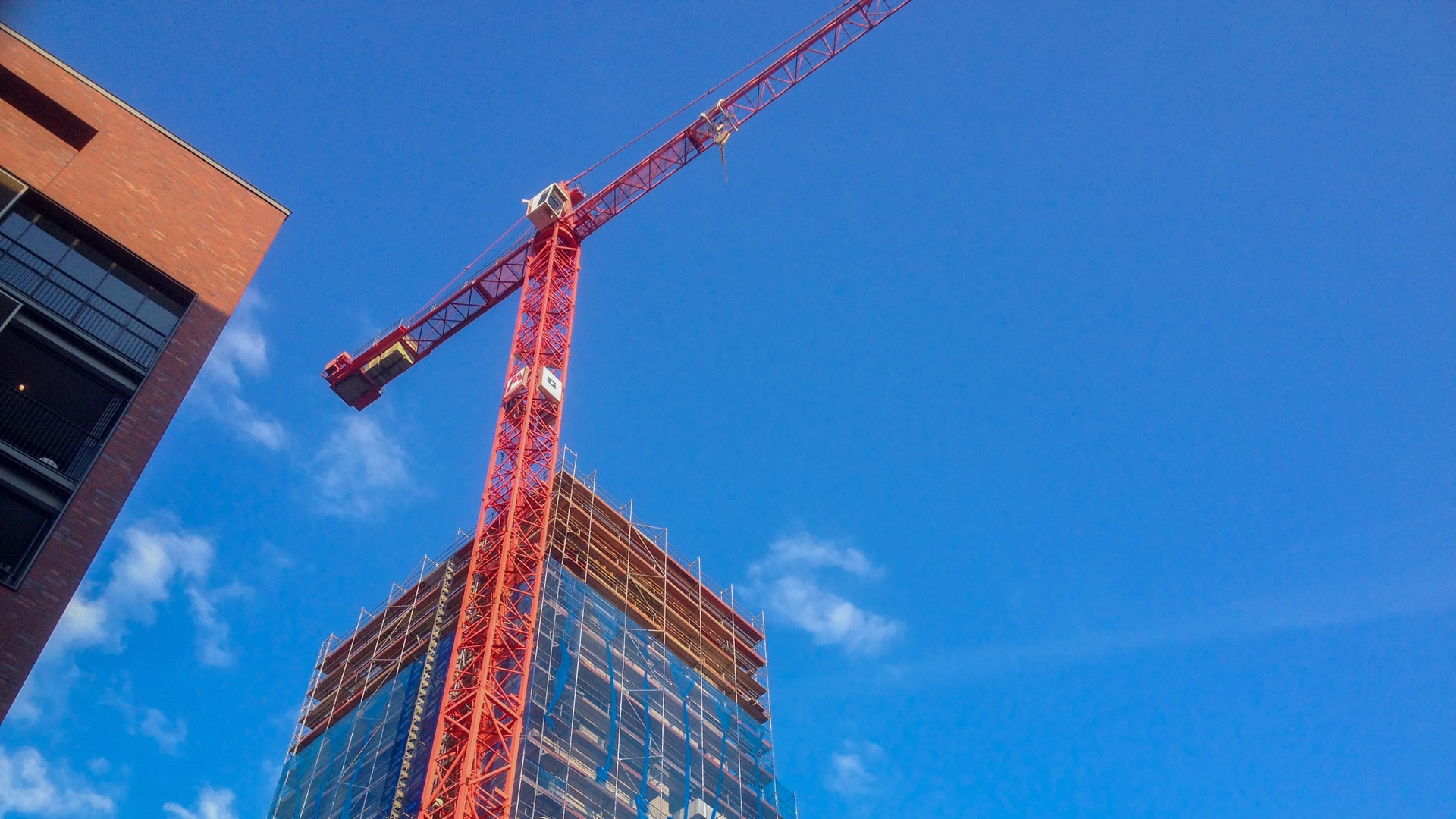Flying Forms – Working at Heights Hazards
Flying Forms – Working at Heights Hazards
Explain dangers
Flying forms can save time and, in some cases, are safer than using built-in-place methods. However, flying forms have some significant hazards that can lead to serious injury if proper precautions aren’t taken.
One of the main hazards associated with flying forms is when working at heights. The workers who receive the forms often work near the edge of the structure and are usually up high.
Normally, guardrails are in place when workers are working at heights, but they are often removed so that workers can receive the forms.
Working near the edge of a building without guardrails is very dangerous if a travel restraint or fall arrest system is not used.
Identify controls
• Put danger signs and barriers in place before moving any forms so that all workers are aware of what’s happening. Dangerous areas include the work area below the flying form, the floor area from where the form is pushed out, and the top floor area where the form will be received.
• Each worker must have a fall protection system in place before anyone removes the guardrails.
• A travel restraint or fall arrest system must be used by any worker who
– Receives a panel from the slab edge
– Gets on or off the form
– Installs the panel
– Bolts or unbolts wall forms for exterior walls and elevator shafts
– Steps on a panel to attach slings to pick points
– Helps other workers attach rigging hardware, such as slings
– Pushes a panel out toward the slab edge.
• A travel restraint system is preferred over a fall arrest system because it keeps the worker from reaching the edge. If this is not practical however, then a fall arrest system must be used.
• If you use a fall arrest system, you must be attached to an individual anchor point—not to the flying form.
• Immediately replace guardrails and shoring after the form is flown out and while you are still using a fall protection system.
• Make sure you have enough space to work safely and stack materials and components.
• Always follow the instructions set out by the designer or manufacturer.
• Workers must have received CPO-approved working at heights (WAH) training within the previous three years as well as site-specific WAH instruction.
Demonstrate
Demonstrate how to properly set up a travel restraint or fall arrest system.
Review the procedure on how to safely install the flying form.
For more information, visit the website.

